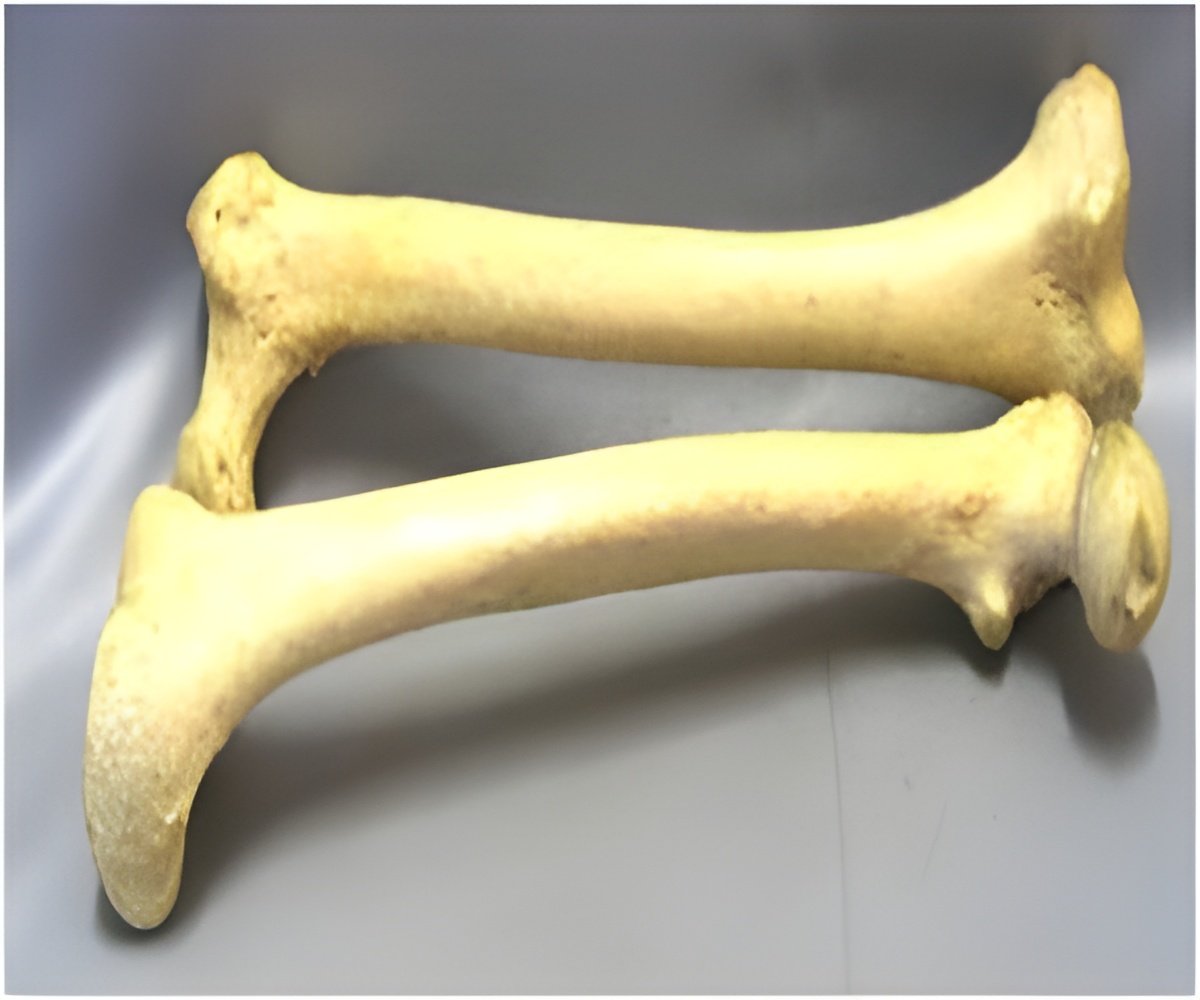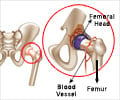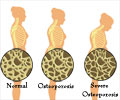Osteonecrosis is a bone disease causing pain and joint collapse, often due to reduced blood flow.

M2 macrophages-derived exosomes for osteonecrosis of femoral head treatment: modulating neutrophil extracellular traps formation and endothelial phenotype transition
Go to source). These small vesicles, containing miR-93-5p, were shown to reduce the formation of harmful NETs and promote blood vessel growth. This breakthrough offers a potential non-invasive treatment that targets the underlying causes of ONFH, potentially preventing bone deterioration and improving patient outcomes.
‘What if your own #immunesystem could contribute to #bonedisease? In #osteonecrosis, overactive immune cells called neutrophils form NETs, harming vital blood vessels.’





Osteonecrosis of the femoral head (ONFH) is a progressive condition where bone tissue dies due to disrupted blood flow, often leading to joint collapse and requiring invasive surgeries like hip replacement. Current treatments primarily focus on symptom management but fail to halt the progression of the disease. How Neutrophil Activation Contribute to Bone Degeneration
Recent studies suggest that immune dysfunction, particularly the activation of neutrophils and the formation of neutrophil extracellular traps (NETs), plays a critical role in ONFH by damaging blood vessels and triggering bone cell death. Additionally, endothelial-to-mesenchymal transition (EndoMT) exacerbates tissue damage by impairing blood supply.Despite advances, the molecular mechanisms linking immune cells and bone degeneration remain unclear. Given these challenges, there is an urgent need for therapies that can disrupt NETs formation and restore vascular health in ONFH.
Published (DOI: 10.1038/s41413-025-00412-5) on April 1, 2025, in Bone Research, a study led by researchers from Xi'an Jiaotong University and Zhejiang University School of Medicine reveals how M2 macrophages-derived exosomes (M2-Exos) can treat ONFH. Using single-cell RNA sequencing and animal models, the team demonstrated that M2-Exos deliver miR-93-5p, which suppresses NETs formation and reverses endothelial dysfunction. This study provides the first evidence of exosome-mediated communication between immune and bone cells, offering a promising strategy to combat osteonecrosis without invasive procedures.
The study's key findings reveal a promising therapeutic breakthrough for ONFH through the innovative use of M2-Exos. Using advanced single-cell RNA sequencing, researchers identified neutrophils as central players in ONFH progression, demonstrating how their formation of NETs contributes to vascular damage and bone cell death. The team made the remarkable discovery that M2-Exos, loaded with miR-93-5p, can effectively target and reduce harmful NETs formation by approximately 50% while simultaneously promoting angiogenesis through increased VEGFA expression.
Advertisement
Notably, the treatment restored bone density, reduced empty osteocytic lacunae, and improved trabecular bone structure, offering compelling evidence for its potential clinical application. These results represent a significant advancement in understanding and potentially treating ONFH, providing a foundation for developing non-invasive therapies that could prevent disease progression and avoid the need for joint replacement surgery.
This research opens avenues for exosome-based therapies in ONFH and other ischemic bone diseases. Clinically, M2-Exos could be administered via injection to halt early-stage osteonecrosis, delaying or avoiding joint replacement.
Beyond ONFH, the miR-93-5p mechanism may apply to conditions like atherosclerosis or diabetic ulcers, where NETs and endothelial damage coexist. Challenges remain, such as optimizing exosome production and ensuring long-term safety.
Future steps will include human trials and exploring synergies with existing drugs. If successful, this approach could shift treatment from surgical intervention to regenerative medicine, offering a new lease on life for millions of patients worldwide.
Reference:
- M2 macrophages-derived exosomes for osteonecrosis of femoral head treatment: modulating neutrophil extracellular traps formation and endothelial phenotype transition - (https://www.nature.com/articles/s41413-025-00412-5)
Source-Eurekalert















